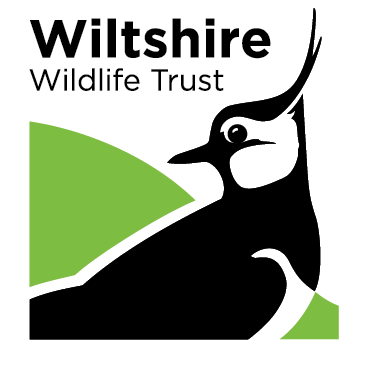Search
Search
Glorious grasslands
A summer meadow is a beautiful sight, but there’s so much more to it than gently waving grass heads and fabulous flowers.
Grassland
Flower-rich grasslands, full of wildflowers such as orchids, snake's head fritillaries and bird's-foot trefoil support an abundance of insects, from bumblebees to butterflies.
Calaminarian grassland
This is a strange, sparse habitat of grassland growing on old mining tracks and slag heaps, on river gravels and naturally exposed metal-rich soils in the mountains. Only the toughest metal-loving…
Upland calcareous grassland
Limited in distribution, this sweetly-scented, short-cropped, springy grassland is famed for its abundance of rare and scarce species.
Lowland calcareous grassland
Typical of softly rolling pastoral landscapes, the short, aromatic turf of lowland calcareous grassland is flower-rich and humming with insects in the summer. Its long use by humans lends it an…
Chalk reefs
A chalk reef is a natural seabed made from chalk that rises above the surrounding seafloor.
Make Your Own Wildflower Meadow
Chelsie Phillips from Wild Landscapes tells us how to make our own wildflower meadow!
Nature Reserve Visitor Survey
Lowland dry acid grassland
Sprinkled with diminutive, short-living flowers in spring and parched dry by July, this is a habitat of heathlands, coastal grasslands and ancient parkland.
Coombe Bissett Down Project
Upland acid grassland and rush pasture
These grasslands, occupying much of the UK's heavily-grazed upland landscape, are of greater cultural than wildlife interest, but remain a habitat to some scarce and declining species.
